Meet the CEO of Bulthaup, the family-owned German company that pioneered the modern kitchen island
How Marc O Eckert went from being a lawyer to joining his family business.
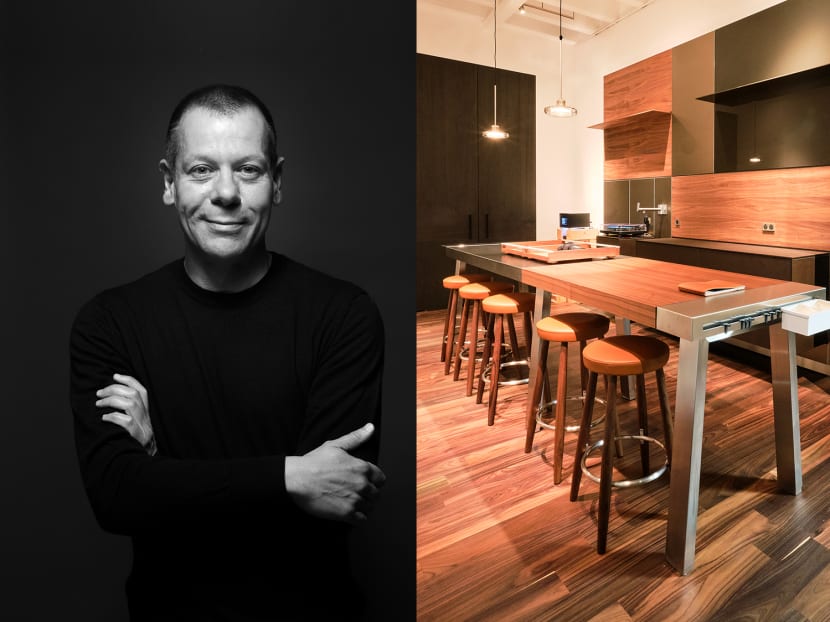
Marc O Eckert is the third generation leader of Bulthaup. (Photos: Bulthaup)

This audio is generated by an AI tool.
Before Marc O Eckert became the CEO of luxury German kitchen manufacturer Bulthaup, he was a lawyer. There was no pressure to join the family business founded by his grandfather Martin Bulthaup in 1949. Hence, Eckert spent many years working in the professional world before joining the company in 2010 at the age of 38.
“I never put any thought into running the family company one day so I [charted] my own way. I became a lawyer and set up my own firm. But everything in life is somehow destined and life is never linear; it takes turns,” reflected Eckert during an online interview.
I was speaking with him in August last year on the occasion of a Bulthaup pop-up in a shophouse on 22 Duxton Road. The brand was introduced to Singapore by Hong Kong’s The Madison Group but moved out of its Armenian Street space in 2023. On May 8, 2025, the pop-up became a permanent showroom, designed in collaboration with Singapore design firm, Terre Studio.
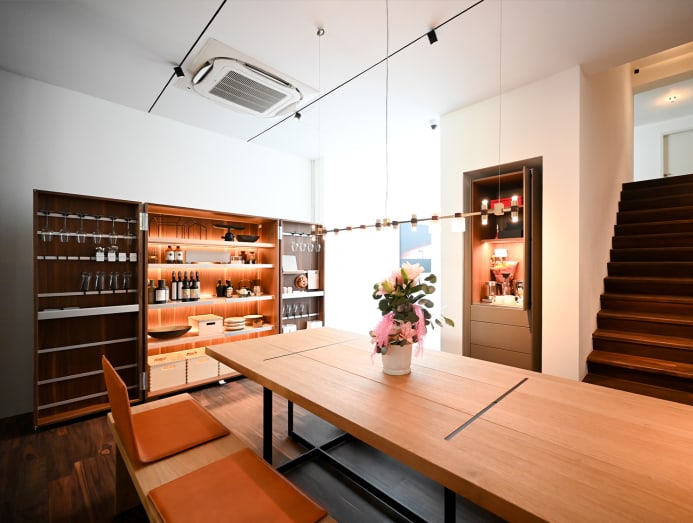
The new concept showroom features interactive displays and immersive kitchen vignettes with each zone highlighting how Bulthaup systems function in real homes. There is also a cafe – a first in Asia – where the public can enjoy Santino Coffee made with the brand’s Victoria Arduino espresso system while sitting at Bulthaup’s Solitaire table and benches, or at the B2 kitchen workbench.
Bulthaup has been proudly family owned for three generations since Martin Bulthaup opened a Mobelfabrik (furniture factory) out of a sawmill with seven staff after World War II. In the 1960s, it was a producer of superior kitchen sideboards across Germany. Over the decades, Bulthaup has set the benchmark for impeccable craftsmanship, premium engineering and beautiful kitchens driven by individual needs and thoughtful functionality.
Starting from 1980, the brand pioneered modern kitchen innovations together with Otl Aicher (the design commissioner of the Summer Olympics in Munich and pioneer of the concept of corporate identity). For example, System B, introduced in 1984, evolved the utilitarian kitchen into a space of communication and connection.
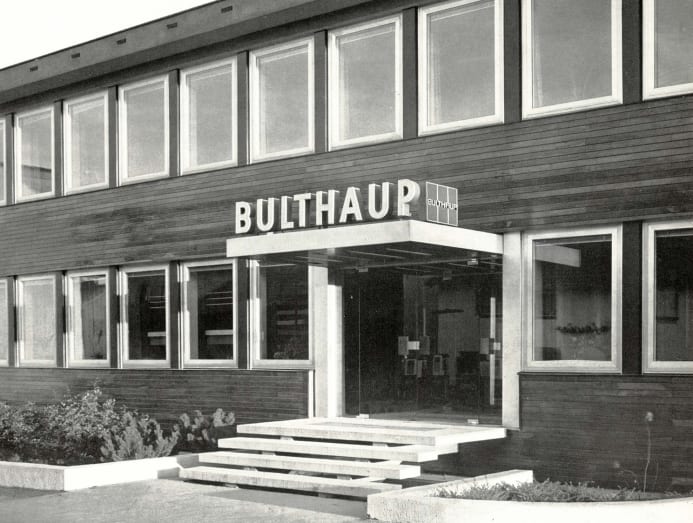
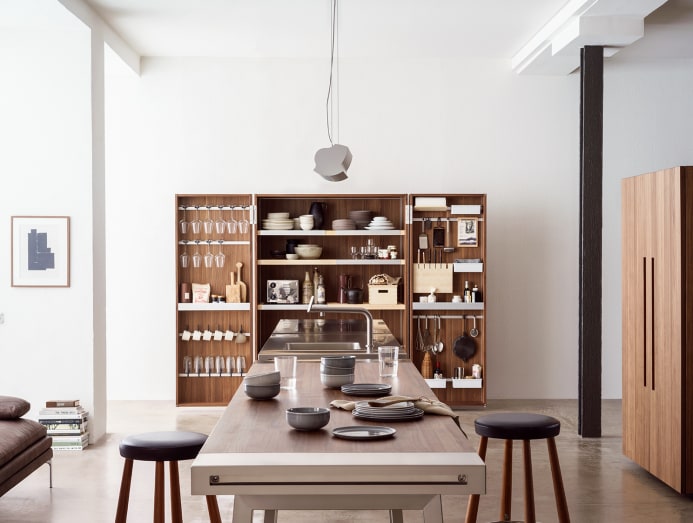
“We pioneered the island. Before, people were standing in front of the wall, looking at the wall,” said Eckert. “We liberated women because the island is in the middle of the room and people circle around it. So now you have people opposite the island looking at each other; one can be cooking and the other opening a bottle of wine.”
In 1984, Bulthaup released the System B preparation table. It was the first-ever kitchen island. The compact unit has a solid oak preparation counter on a steel base, an in-built disposable unit and a hanging rig with pull-out grids for kitchen tools. It pays homage to the kitchens of the past, where cooking apparatuses were displayed rather than hidden inside cabinetry.
In 1988, Bulthaup introduced another ground-breaking product – a kitchen workbench with a stove and washbasin elegantly integrated into a long, compact, stainless-steel unit. It is now part of the existing B2 system. “System B2 is for the modern nomad. The kitchen is like a suitcase; you can take it with you, open it and there’s everything – not many things, but only what you need,” said Eckert.
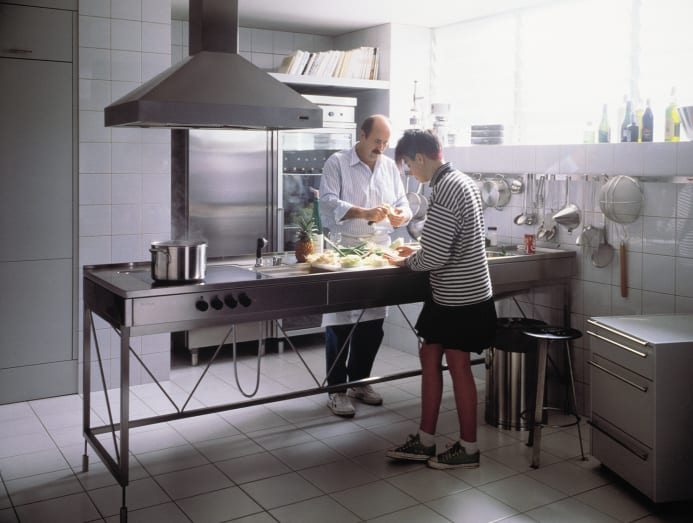
Rather than following trends, Bulthaup focuses on creating well-researched, high-quality and lasting products through the concept of “systems”. Their comprehensive designs and modularity mean that customers can create their own designs from a basic series of components. For example, System B3 comprises a smart wall system from which everything – cabinets, worktops, cooktops, water points, electrical appliances and accessories – are hung.
“We produce over 6,000 kitchens a year and no kitchen is the same as the other,” said Eckert, on the variations that can be created with just three current systems – B3, B2 and B Solitaire. Connoisseurs who compromise at nothing appreciate Bulthaup’s craftsmanship and timeless design, and are willing to fork out five- to six-figure sums.
Eckert highlighted that the showroom’s opening anchors Singapore as a strategic market at the crossroads of Europe, Asia and Australasia. The Madison Group first made headway into Asia with a Hong Kong base in 1996. It subsequently opened Bulthaup showrooms in Greater China, such as in Shanghai and Macau. Asia is now the brand’s fastest-growing market, with sales in developing markets like Vietnam picking up.
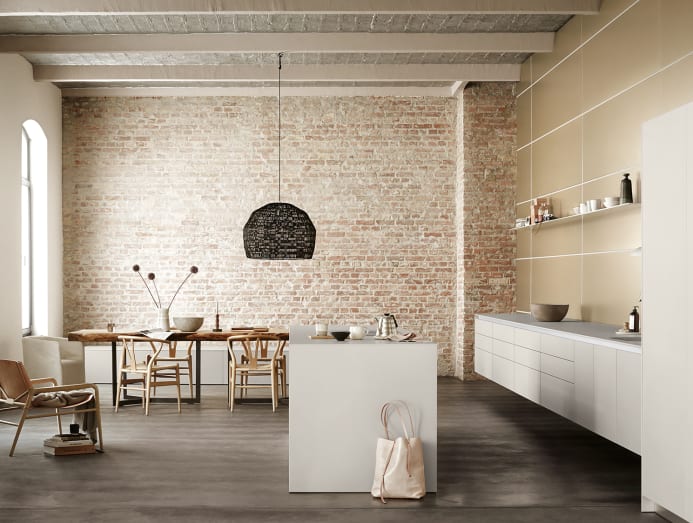
I asked Eckert why he eventually decided to join the family business. In 1976, Marc’s uncle Gerd Bulthaup and his twin sister Ingeborg Eckert (Eckert’s mother) had taken over the company from their father. A fan of the Bauhaus, Gerd was the one who engaged Otl Aicher in 1980 to collaborate on design and engineering concepts.
“When my uncle left in 2003, we had about six years of external management. That was a difficult time, when people in the family business were starting to lose faith. And as they say, companies die from the inside when people lose trust in the future or perspective of a company,” Eckert recalled.
One Saturday afternoon, he received a call. There was a family discussion going on and he was asked if he could imagine taking responsibility for the brand. “I said, ‘Okay, give me one month to think about it. But I knew that second they called that I was going to do it,” said Eckert.
Changing careers was not difficult, he commented. “I always had this passion for making things – the production of things, technology and engineering. I’m always interested in what is the cost-effect relationship [of things], questioning how the world is functioning,” said Eckert on integrating quite naturally into the family business. “I think this is my destiny. After one or two months, I had forgotten I had been a lawyer,” he chuckled.
I asked him if he missed being a lawyer and Eckert responded, “I’m not someone who lives in the past, but the past prepared me for this job.” He started by looking into the company’s finances, and then later studying its products and processes.
Apart from introducing developments to address changes in consumer behaviour, distribution and digitalisation, Eckert has also spearheaded ideas such as the Bulthaup B3 interior system, which is a modular series of drawer and cabinetry inserts facilitating workflow and personalised use. Unlike regular internal drawer organisation systems, Bulthaup’s version has a clever prism design that can contain objects but also becomes a sliding base for inserts.
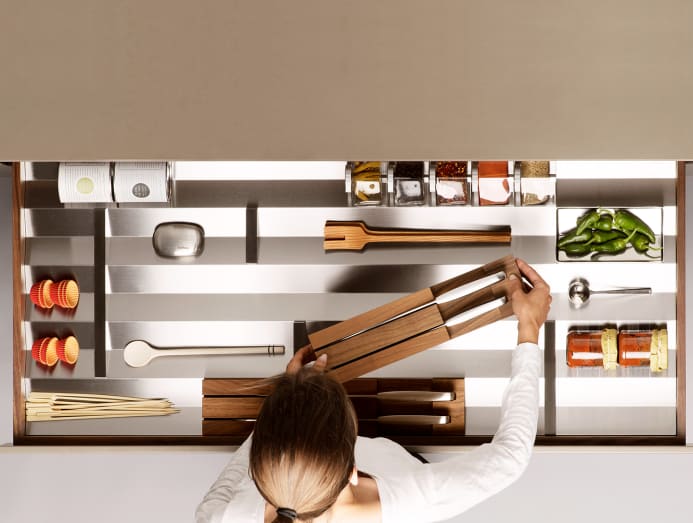
Eckert’s law career also provided him with a different perspective in creative thinking. “I had the advantage of being a complete outsider, far from the logic of the industry. I had the luxury of asking stupid questions like ‘does it really need to be like this, or can it be like that? This is the driving engine of Bulthaup – we never look around; we don't follow trends. We have a conviction and then we act on it.”
Today’s kitchen has become an extension of the rest of the home – as a place of personal identity and social activity. Eckert observed that there is a longing for the “the warmth of the fireplace” as the world becomes more complicated and cold with Artificial Intelligence (AI), wars and complex political situations in the power countries.
“When people feel like they’re losing control, the kitchen is the place where, while working with the hands, they gain back control. It’s real, not artificial. That’s why kitchens are so important in the life of people because it’s about congregating around the fire,” said Eckert.
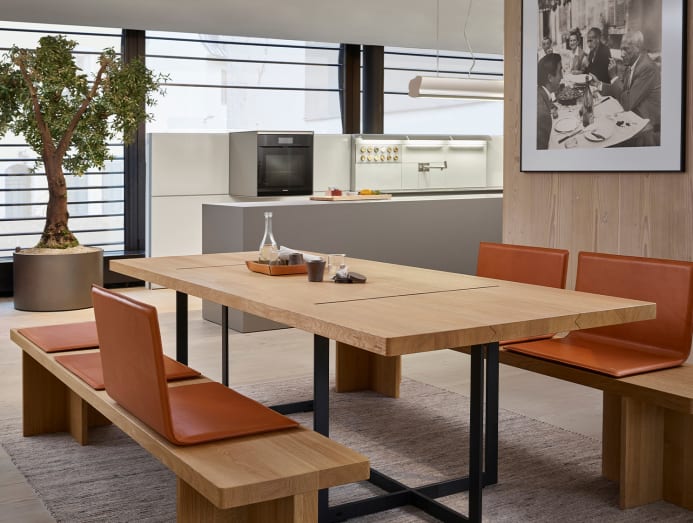
This gathering of family is a precious part of Eckert’s childhood memories. While he joined the business only in his late-thirties, the training started in his boyhood. “I remember my late-grandfather, my mother and my uncle sitting at the dining table, [discussing the business]. Even as a child, or later as a young man living your own life, you’re infiltrated with the daily issues of running the company, and its responsibilities in good times and not so good times,” he explained.
All that passive absorption helped shape Eckert in running the business later on. He reflected, “In the 15 years at the helm of the company, I always look back and connect the dots, so to speak. There was so much information that I learned at the ages of 5, 10 or 15 years old that I didn’t consider relevant then. But now, I understand; everything had a purpose and makes sense now.”
I pressed Eckert for one of these memories and he offered a poignant one that did not take place at a boisterous dinner table discussion. Instead, it was at the bedside of Martin Bulthaup the year he passed on. It was in 1978 during the Iranian oil crisis – one of the many world troubles that Bulthaup had overcome.
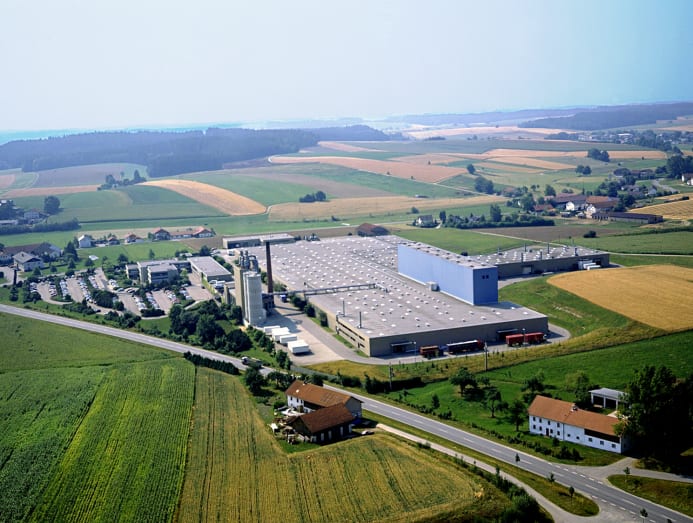
“When he was ill and near death in his home, my grandfather said, ‘I don't hear the machines running’, even though he was 20km away from the factory,” related Eckert. He was only seven years old at that time but this statement is what has been guiding him in leading the family business.
"The heart and soul of Bulthaup is the factory. The machines in the factory – those are the organs; that’s where we create the most beautiful kitchens in the world with the best functionality and technology we can think of,” said Eckert. He produced an analogy using the human anatomy. “Sales, marketing, our stores – those are the muscles. But you can’t flex your muscles when you don't have organs that are healthy. That’s why I always focus on the factory, on keeping the machines running, on producing [excellent kitchens].”
In the digital age, craft and the act of making are even more vital. “We are coming more and more into the times of social media bubbles and the world of AI where people don't know how to create beautiful things with the human hand, a human soul and a human eye. So this is what we stand for: craftsmanship, combined with technology, to create the best quality for our users.”







